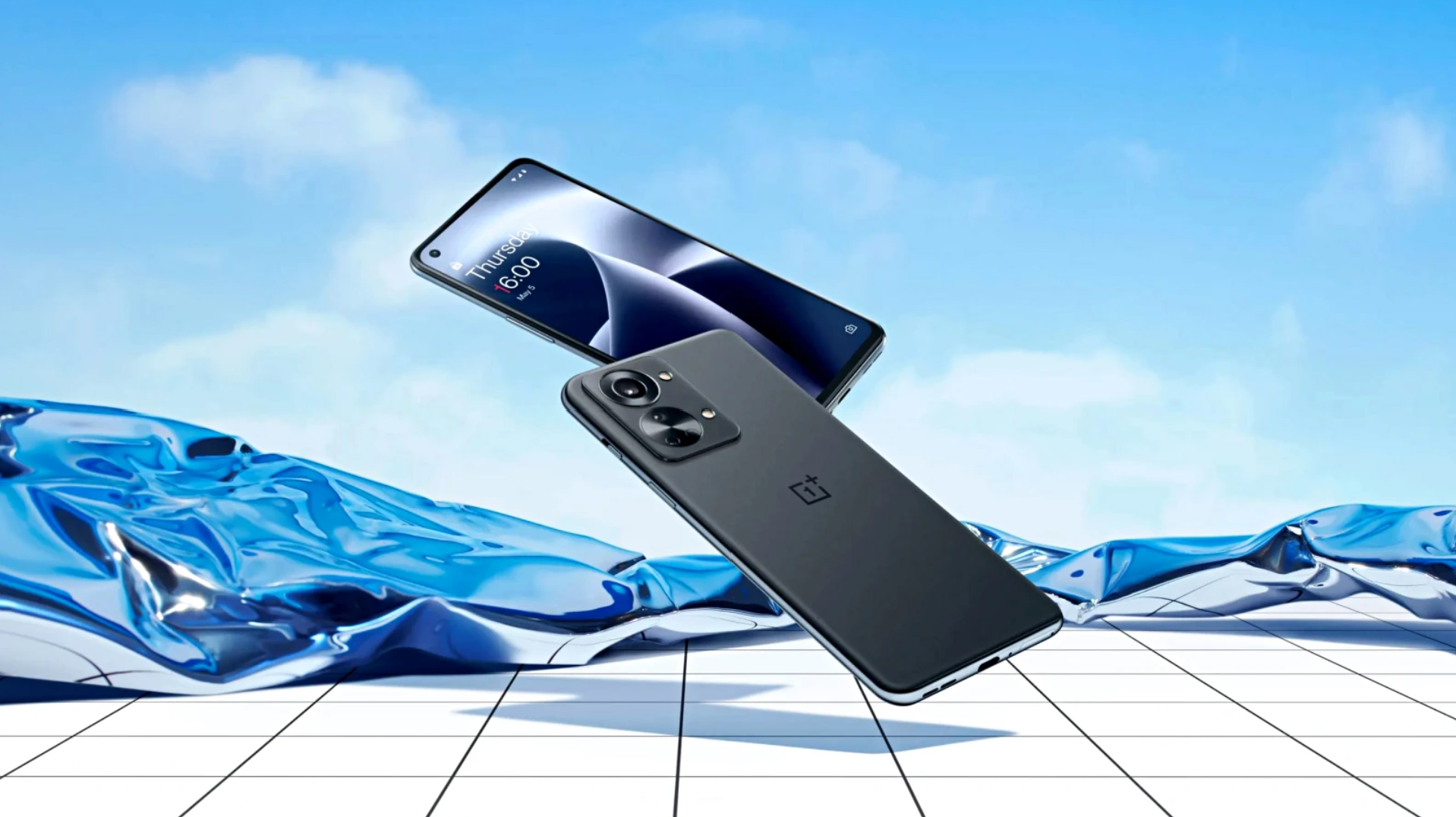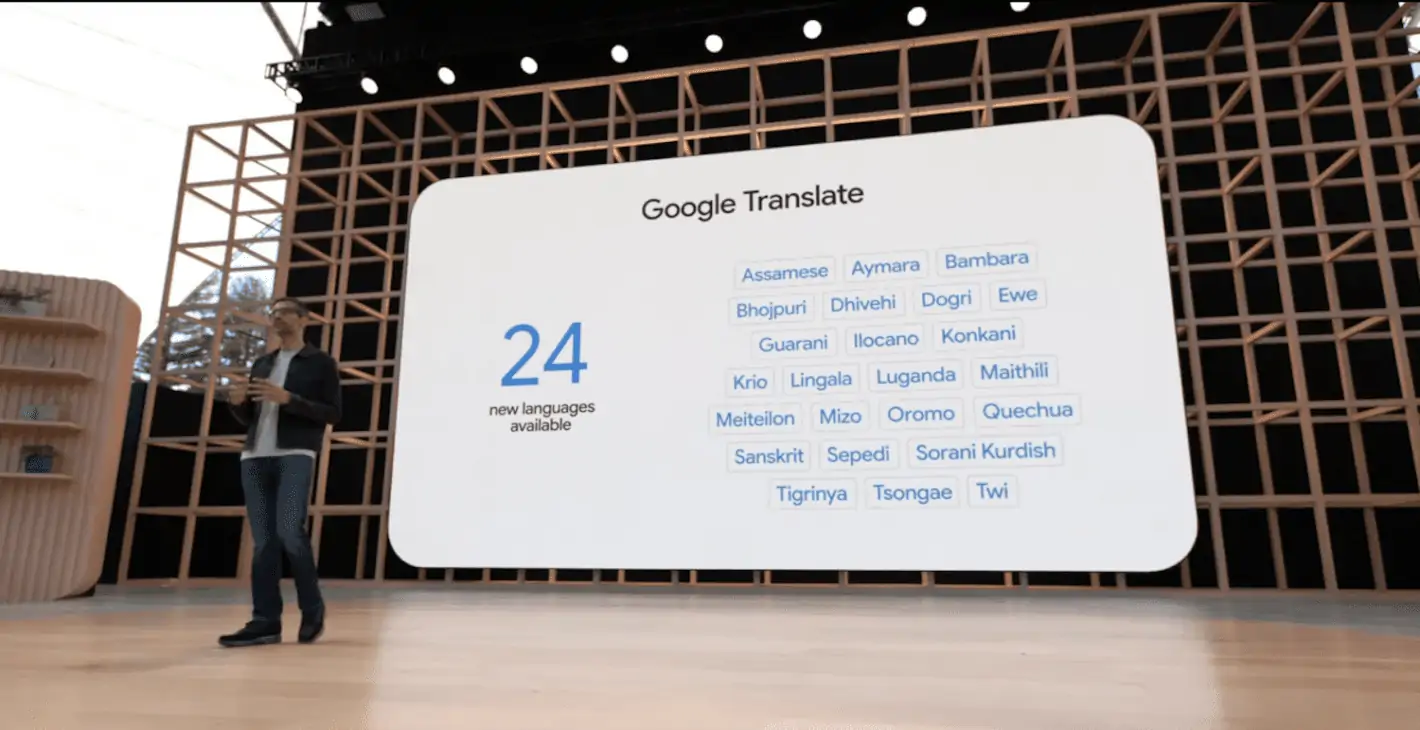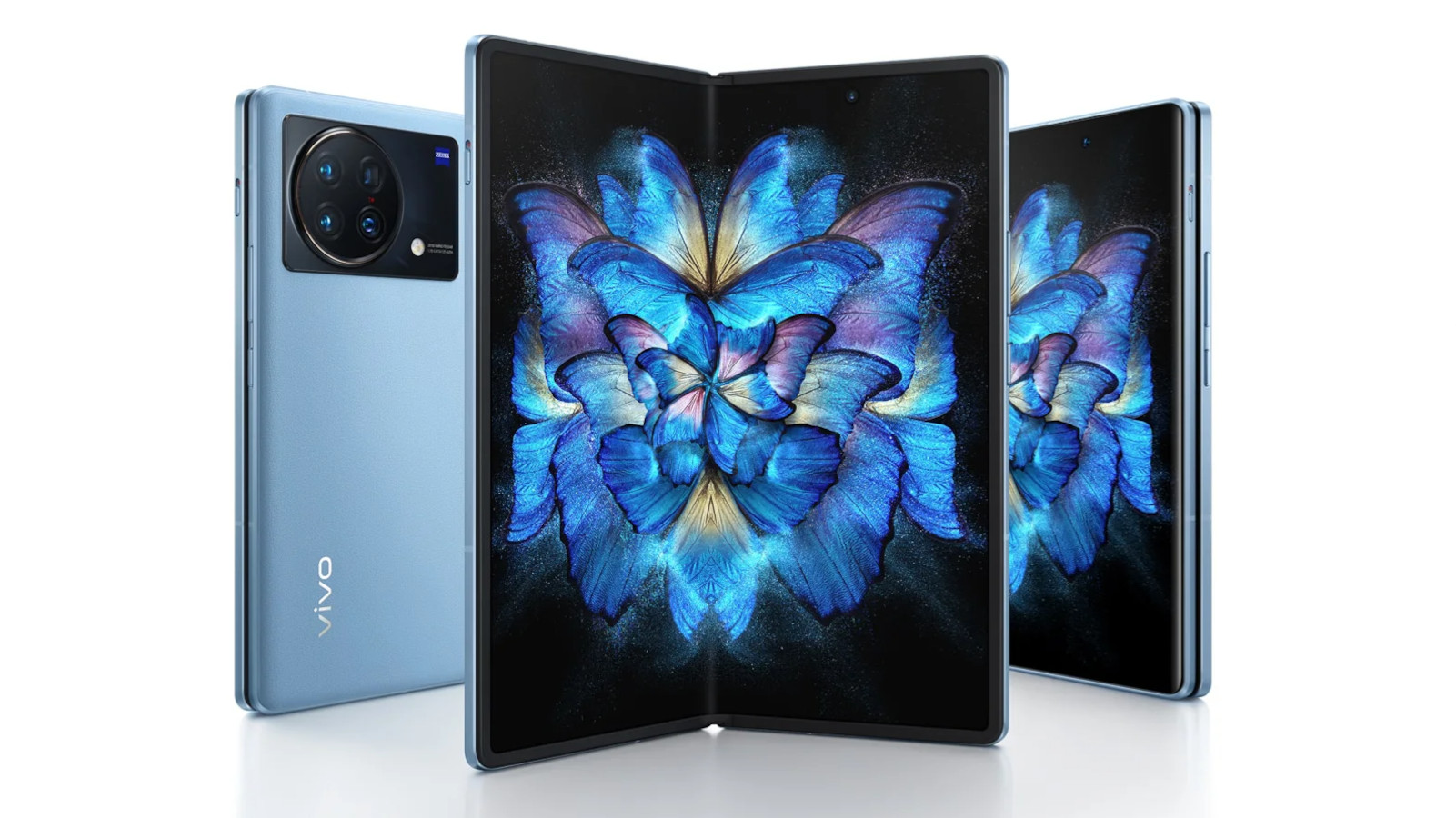Are you a fan of the HTC One M8? Are you such a big fan that you hope HTC never changes the design? Then good news, because the new HTC One M9 is here, it looks exactly like the M8.
Okay, it’s not exactly like the M8. There are a few differences, but they’re subtle enough that you can barely tell the two phones apart. The new M9 is more than just a minor bump in terms of specs, but the design hasn’t changed a bit.
A new processor
At the heart of the M9 is an upgrade to the system-on-chip. Moving from the Snapdragon 801 to the 810 will provide a measurable increase in performance, especially for graphics, photo, video. RAM is boosted from 2GB to 3GB, too.
l that additional 3D graphics muscle isn’t wasted on a higher resolution display, either. The screen in the M9 is the same as in the M8, measuring 5 inches with a resolution of 1920×1080. That may be bad news for those hoping for a Quad HD display, but at this screen size, Quad HD is arguably a waste. Certainly, HTC feels higher pixel density isn’t worth the tradeoff in cost, battery life, or graphics performance.
Bye-bye Duo Camera
Remember the ill-fated Duo Camera on the M8? It combined an “Ultraxel” camera sporting a paltry 4-megapixel resolution with a secondary depth camera. It was supposed to offer amazing low-light performance enable all sorts of cool features like changing the focal point after the shot. Unfortunately, the low-light shooting really wasn’t that much better than other premium phones, all those nifty photo editing tricks never caught on.

Instead of a low-resolution “Ultraxel” sensor plus secondary depth sensor, the M9 opts for a single high-res 20 megapixel camera on the rear.
So the M9 dumps Duo Camera for a single 20-megapixel camera, capable of 4K video recording 720p/120fps slow motion video.
The Ultraxel camera isn’t dead, though. It has just moved around to the front, where better low-light performance is sorely needed, the limited resolution isn’t a problem.
A very subtly different design
If you don’t look at the camera module on the back, where two cameras is now one, the M9 looks almost exactly like the M8. HTC has managed to trim the length by a couple millimeters by reducing the width of the black HTC-bred bar beneath the display, but it’s still a rather long phone. The stereo speaker grills still prominently surround the screen ( should provide even better sound, thanks to new Dolby Audio technology). The brushed aluminum shell is the same shape, with a very slightly less curved back.
Fortunately, HTC has moved the power button from its difficult-to-press location along the top to an easy-to-reach spot on the side, just beneath the volume buttons.

You won’t notice a lot of design differences between the M8 M9, but I’m glad they moved the power button to the side.
There’s also a new silver–gold two-tone design to go along with the stard gunmetal grey.
Sense 7 feels a lot like Sense 6 with themes
were big fans of Sense 6. It’s not stock Android, but it kept customization to a minimum, offered a sensible, simple, most importantly, fast interface on top of Android 4.4.

The M9 will be available in two colors: gunmetal grey a two-tone silver gold finish.
Sense 7 is built on Android llipop, but it still looks a lot like Sense 6. Most of the menus, fonts, icons carry the same design, many core llipop design elements are missing.
The key focus of Sense 7 is customization. An advanced theme editor lets you pick from a gallery of professional themes that change the background, colors, fonts, back/home/apps buttons, clock widget. You can create your own, pulling colors from a selected background image tweaking to your heart’s content.
A new home screen widget shows a selection of apps that changes based on your location, surfacing your most frequently used apps at home, work, or on the go.
An evolutionary update to a fantastic phone
The HTC One M8 was a fantastic phone. It had great design craftsmanship, premium all-metal construction, industry-leading sound quality, comparatively lean mean software.
But it’s a year later, times have changed. Other manufacturers have stepped up their game, on both the hardware software side. Can a relatively modest evolutionary update to last year’s best phone compete?



















